Introduction
This article explores the full arc of arcade economics: the explosive rise, the industry-shaking crash, and the waves of reinvention that kept the business alive. Drawing on firsthand accounts, industry data, and the reflections of legendary designers, it reveals how a handful of games like Space Invaders, Pac-Man, and NBA Jam shaped not just the bottom line but the way millions experienced play itself.
Here’s what you’ll discover in the chapters ahead:
- Chapter 1 – From Curiosity to Cultural Phenomenon
How early hits like Space Invaders and Pac-Man turned arcades into billion-dollar juggernauts. - Chapter 2 – The Crash and the Reckoning
Why overconfidence and oversaturation brought the industry to its knees in just a few years. - Chapter 3 – Reinvention and the Late 1980s Recovery
How operators and manufacturers rebuilt by innovating with kit conversions and new genres. - Chapter 4 – The 1990s Resurgence and Final Decline
The last great boom of fighting games and sports titles—and why it couldn’t last. - Chapter 5 – Conclusion: The Rise, Fall, and Enduring Legacy
What the arcade era left behind, from competitive gaming to modern esports.
Chapter 1: From Curiosity to Cultural Phenomenon
In the early 1970s, video games were a curiosity tucked into the corners of arcades still dominated by pinball machines and mechanical amusements. Few operators could have predicted how quickly they would eclipse everything else—and how vast the money flows would become.
The first signals of something bigger arrived with Space Invaders. According to Attract Mode, by 1980, Space Invaders had sold 300,000 cabinets in Japan and 60,000 in America—an unprecedented footprint for a single game. As The Ultimate History of Video Games recounts, Midway charged $1,700 per machine, which operators gladly paid because a well-placed cabinet could recoup its entire cost in a matter of weeks, pulling in $300–$400 per week.
The appetite for the game was so intense that Joel Hochberg, an early arcade operator, was stunned by the flood of quarters:
“It was hard to believe that any game could capture the audience to the degree it was capable of doing. I can remember only a few games that had that dynamic game-playing magnetism.” (The Ultimate History of Video Games, p.118)
Tomohiro Nishikado, the creator himself, recalled in Netflix’s High Score:
“About four months after the release...I saw how the back of [the collection truck] was low down with bags of money being unloaded...sinking into the ground.”
By 1982, Space Invaders alone had grossed $2 billion and generated $450 million in net profit, outperforming even Star Wars at the box office (Attract Mode, p.87).

Asteroids followed in Space Invaders’ footsteps. Attract Mode (p.102) reports that Atari sold more than 70,000 cabinets, and revenue was so high that some had to be retrofitted with larger coin boxes. By 1980, Asteroids was generating up to 10 million quarters per day in the United States—proof that video gaming was no passing fad.
The impact on industry revenues was immediate. Attract Mode (p.112) shows that by 1978, total arcade revenues exceeded $1 billion, rising to $1.5 billion by 1979. This growth accelerated as Pac-Man mania took hold.
Pac-Man was another milestone in the economics of arcade gaming. Though there were concerns about the hardware’s high $2,450 price tag, operators paid up because the earnings were undeniable (Attract Mode, p.116). During its first six months in 1981, Pac-Man topped Play Meter’s popularity charts, often bringing in $200–$240 per week, with some locations reporting as much as $800 per machine (Attract Mode, p.118). Over its production run, Namco sold 400,000 cabinets (Attract Mode, p.116). In the United States alone, Midway distributed 100,000 Pac-Man machines and more than 115,000 Ms. Pac-Man machines—a record no other arcade game would surpass (The Ultimate History of Video Games, p.173).
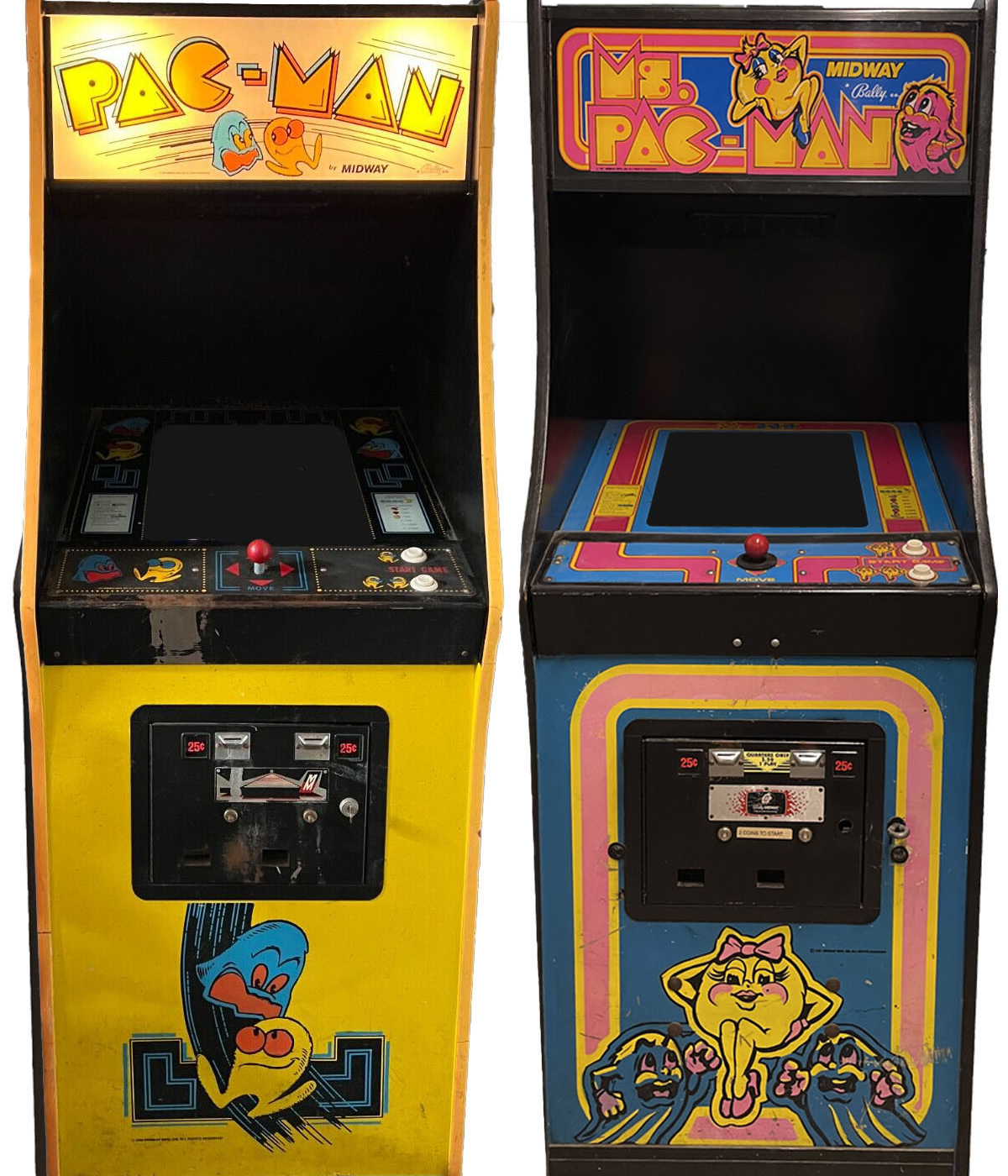
Operators needed places to house all these machines. According to Attract Mode (p.215), by 1982 there were 24,000 arcades and 400,000 street locations in America, with about 1.5 million machines in operation.
Earnings for top-performing games soared. The same study showed that in 1982, the highest-earning arcade video game averaged $255 per week, compared to $157 for top pinball games—a dramatic change from just a few years earlier when pinball dominated.
Pole Position underlined the scale of success possible in this era. With 21,000 machines sold for $62 million and weekly revenue of $9.5 million for operators, it became one of the most profitable cabinets of its time (Attract Mode, p.220).
In parallel, corporate revenues ballooned. Attract Mode (p.185) notes that arcade game revenue jumped from $50 million in 1978 to $900 million in 1981, with total sales reaching $5 billion that year. Bally’s revenues increased from $693 million in 1980 to $880 million in 1981, while Williams Electronics ramped up manufacturing, opening a plant capable of producing 600–700 Defender cabinets per day.
Defender itself became a cultural and economic force. Eugene Jarvis, quoted in Replay (p.88), recalled:
“The average Defender cabinet in the US would take in about 2,500 quarters a week...you would have up to 150 million quarters in the games every week.”
Larry Demar, a creator of Defender, put it bluntly (Eugene Jarvis, Influential Video Game Designers, p.44):
“Defender made $700 its first week. I have never seen a quarter-a-play video game make money like that—not before or after Defender.”
Throughout the boom, arcades spread far beyond dedicated game centers. Attract Mode (p.151) describes how video games became an international craze, appearing in fast food restaurants, laundromats, ice cream shops, and train stations.
At their peak in 1981, coin-op video games in the U.S. generated $4.862 billion in annual sales (Replay, p.98). But while manufacturers celebrated, a storm was brewing that would test the industry’s resilience.

Chapter 2: The Crash and the Reckoning
While the early 1980s were a golden age for arcade earnings, the success proved unsustainable. Operators, distributors, and manufacturers had all bet on endless growth, but by 1983, the cracks were impossible to ignore.
According to Attract Mode (p.261), by the end of 1983, the financial damage was clear. Profits fell 35 percent, to $2.9 billion, and industry-wide losses totaled about $1.5 billion. More than 2,000 arcades closed that year as operators pulled machines from restaurants and bars and simply did not replace them. The optimism of just one year earlier—when revenue hit a record $4.3 billion—had evaporated (Attract Mode, p.242).
The crash was driven partly by oversaturation. From Pinballs to Pixels (p.119) details how the arcade industry shrank from $7.7 billion in 1982 to $5.4 billion in 1983, a 30% contraction. For the first time since 1976, operators reported net losses. Smaller street locations suffered the most, with their revenue falling to half of 1982 levels. By the end of 1983, about 30% of all operators had gone out of business, and 400,000 fewer coin-op games were installed compared to the boom.
Manufacturers were hit hard as well. Williams, a leading producer, saw revenue fall from $150 million in 1981 to $92.5 million in 1983, and profits were cut in half (From Pinballs to Pixels, p.119). Bally, once riding high on Pac-Man earnings, saw its amusement division shrink from $600 million in 1982 to only $24 million by 1987, eventually prompting the company to put its arcade business up for sale (From Pinballs to Pixels, p.165).
Atari, the largest force in the early industry, faced its own unraveling. On December 7, 1982, Atari announced it expected only a 10–15% increase in sales for the fourth quarter, a dramatic walk-back from previous forecasts of 50% growth. The Ultimate History of Video Games (p.234) recounts how analysts were stunned, triggering a wave of panic among investors and suppliers.
The decline was not only about coin-op. Replay (p.108) shows that the home console market also collapsed, shrinking from $3.2 billion in 1983 to $100 million in 1986. But the impact on arcades was especially severe because operators had invested heavily in new cabinets during the boom.
Even during this decline, some titles still managed to stand out. Attract Mode (p.265) reports that Dragon’s Lair, launched in 1983 with a high price tag over $4,000 and a fixed 50-cent play, was pulling in up to $1,400 per machine per week, compared to the average $109–$141 that most machines earned in 1982. But these bright spots were the exception, not the rule.
The overproduction of games, shorter play lifespans, and operator fatigue all conspired to undermine the business. Replay (p.98) summed it up bluntly: the final blow came as home consoles took hold and began drawing players away, halving coin-op video game sales in just three years.
Still, arcade operators who survived adapted by embracing kit conversions and lower-risk business models. Though the towering profits of Pac-Man and Space Invaders were gone, the arcade would prove remarkably resilient in the decade to follow.
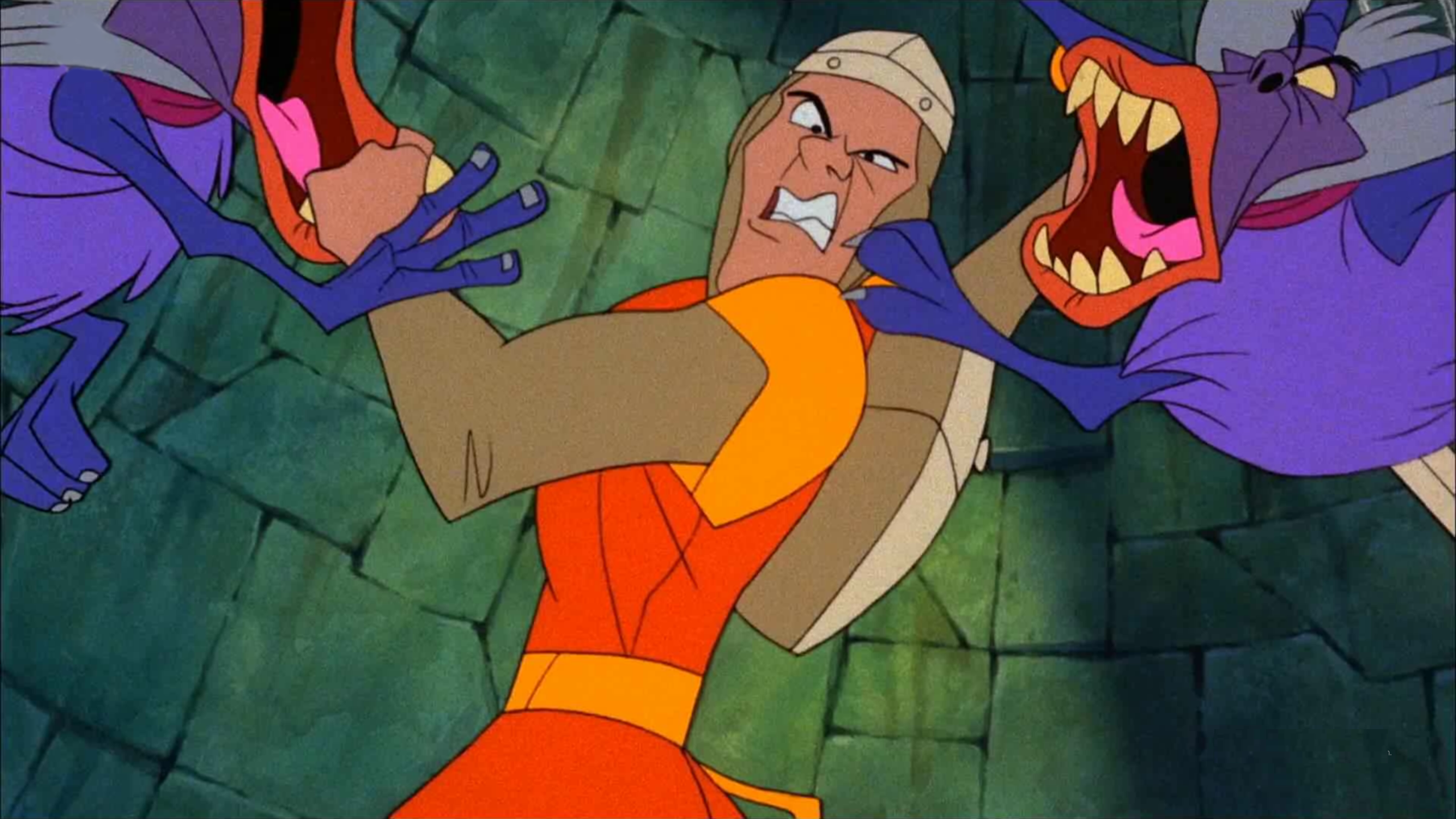
Chapter 3: Reinvention and the Late 1980s Recovery
Despite the devastation of the early 1980s crash, the arcade industry never fully disappeared. Operators who weathered the collapse adapted to survive, and by the late 1980s, a modest recovery had taken hold.
Replay (p.151) describes how the combination of cabinet design improvements and better graphics technology helped stabilize arcade revenues in the United States at a turnover of between $2 billion and $3 billion per year shortly after the crash. While this was well below the $7 billion heights of 1982, it proved the industry could endure even in leaner times.
Operators increasingly relied on kit conversions—upgrade packages that allowed an older cabinet to be refreshed with a new game board and artwork. This practice limited risk and slowed the boom-and-bust purchasing cycles that had doomed so many businesses in 1982–1983.
Not every company survived. From Pinballs to Pixels (p.165) recounts how Bally’s amusement business collapsed from $600 million in 1982 to $24 million by 1987, pushing the company to exit the market. But others adapted and even thrived. One standout came in 1985, when Atari’s Gauntlet brought players together in a way that hadn’t been seen since Pac-Man’s heyday. As Replay (p.150) notes, Gauntlet allowed up to four people to play simultaneously, turning arcades into social spaces. At the peak of its popularity, the average Gauntlet cabinet earned an estimated $900 per week, a figure nearly matching top earners of the early golden age.
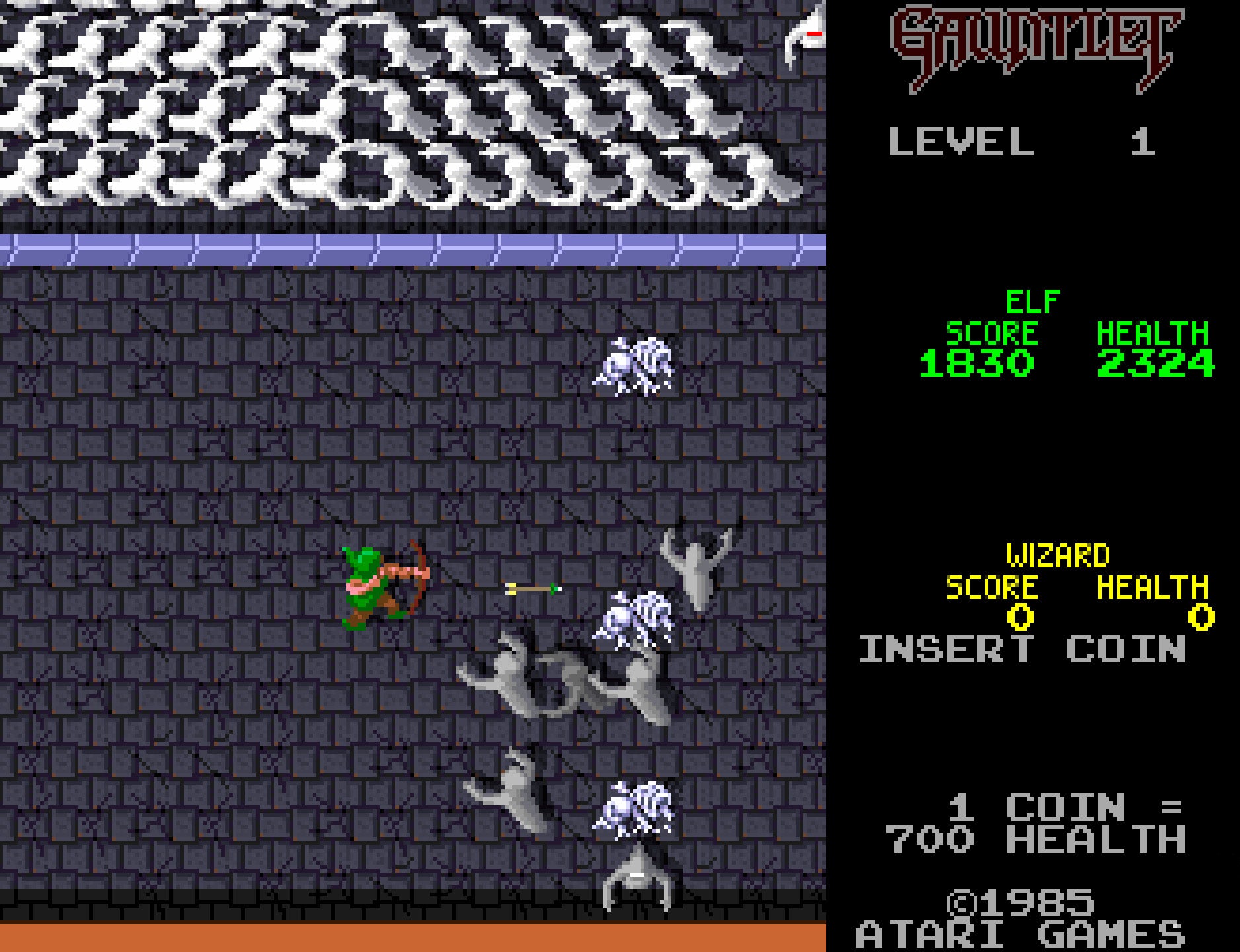
Meanwhile, manufacturers like Williams managed to rebuild. Though revenue had fallen by more than 35% during the crash (From Pinballs to Pixels, p.119), the company benefited from hits like Defender, whose cabinets had once taken in 2,500 quarters per week (Replay, p.88). That appetite for fast-paced action remained, even if operators became more cautious.
By the start of the 1990s, the foundations were in place for another wave of growth. Attract Mode (p.376) notes that arcade revenues surged back to $7 billion per year by 1994, briefly outpacing the home console market again. However, the resurgence was short-lived: by the end of the decade, arcade income had slipped to $1.3 billion as home consoles and PC gaming eroded their audience once more.
Yet the resilience of the arcade model was undeniable. Even when arcades contracted, certain games—like Street Fighter II, NBA Jam, and Mortal Kombat—would reignite public interest and prove that with the right combination of spectacle and competition, coin-op entertainment still had power.

Chapter 4: The 1990s Resurgence and Final Decline
The early 1990s delivered the arcade industry’s last great boom—a surge fueled by technical innovation, new genres, and a burst of cultural relevance. By combining spectacular hardware with competitive gameplay, arcades briefly reclaimed their status as the most exciting place to play.
Attract Mode (p.376) reports that by 1994, U.S. consumers were spending $7 billion a year on arcade games—$1 billion more than they spent on home consoles. This revival owed much to the arrival of fighting games and sports games that turned arcades into centers of competition and community.
No title embodied this trend more than Capcom’s Street Fighter II. According to Attract Mode (p.360), across its various iterations, the Street Fighter series sold more than 200,000 cabinets and had grossed over $10.6 billion in coin-drop revenue by 2017. This enormous success helped spark the fighting game renaissance that would sustain arcades for much of the decade.
Another sensation was Midway’s NBA Jam. As From Pinballs to Pixels (p.278) recounts, NBA Jam sold 23,000 cabinets and 4,000 conversion kits. It generated such massive earnings that Dennis’ Place arcade set a Guinness World Record for the most revenue generated by a single arcade game in one week: $2,468, four times what the next highest-earning machine made. In its first year alone, NBA Jam took in an astounding four billion quarters—$1 billion in revenue.
These hits brought operators back into the market, spurring new cabinet purchases and fueling a wave of optimism. Yet the same patterns that doomed the industry in the early 1980s eventually reasserted themselves. The market grew crowded, hardware costs soared, and player interest began shifting again to home platforms.
Attract Mode (p.376) underscores the fragility of this resurgence: by 1999, arcade revenue had fallen to $1.3 billion, as smaller venues—especially mall arcades—closed in large numbers. The audience that once fed quarters into cabinets now stayed home to play on increasingly sophisticated consoles.
Despite this decline, the 1990s left a lasting legacy. Arcades demonstrated that competitive gaming could become a mainstream obsession, laying the foundation for the modern esports landscape. They also proved that even as technology evolved, the simple thrill of public play—of proving yourself in front of a crowd—retained an enduring allure.
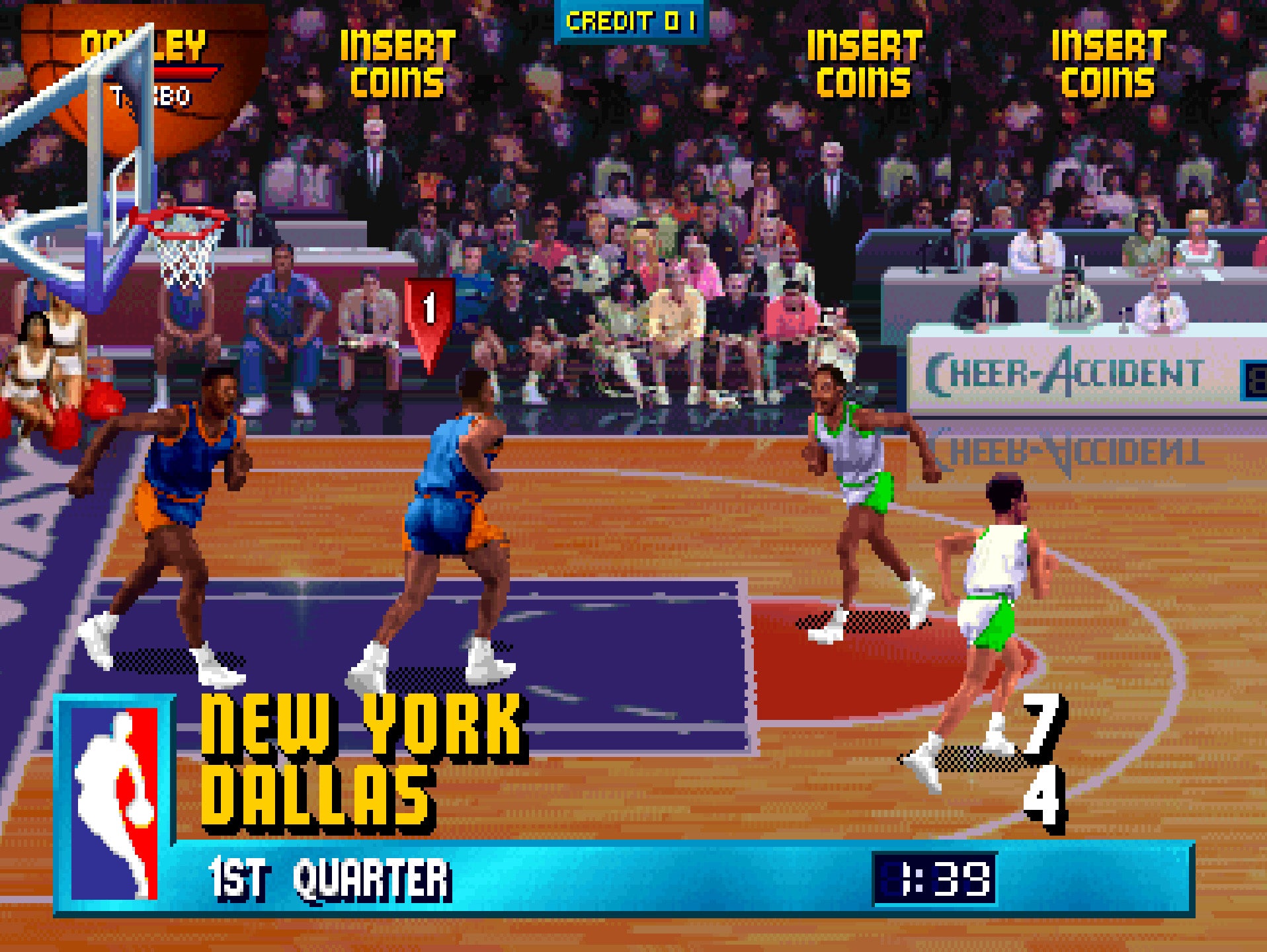
Chapter 5: Conclusion — The Rise, Fall, and Enduring Legacy
From their earliest days, arcades were driven by a potent mix of technological novelty and raw earning power. In the late 1970s, Space Invaders exploded onto the scene. Attract Mode (p.87) records that by 1982, it had grossed $2 billion, far surpassing the profits of even Star Wars. Its unprecedented success heralded a golden era in which video games eclipsed pinball and reshaped public entertainment.
By 1980, the video game industry was already bringing in $2.8 billion in revenue, with Atari alone earning $415 million (Attract Mode, p.151). Across the United States, arcade machines colonized every imaginable venue—fast food restaurants, laundromats, and train stations. The phenomenon accelerated so quickly that by 1981, as Replay (p.98) describes, the coin-op video game business peaked with $4.86 billion in annual sales.
Operators reaped the rewards. Cabinets like Defender could take in 2,500 quarters per week (Replay, p.88). Pac-Man earned an average of $200–$240 per week, with some locations reporting as much as $800 per machine (Attract Mode, p.118). By 1982, Pole Position alone generated $9.5 million per week in operator revenue (Attract Mode, p.220).
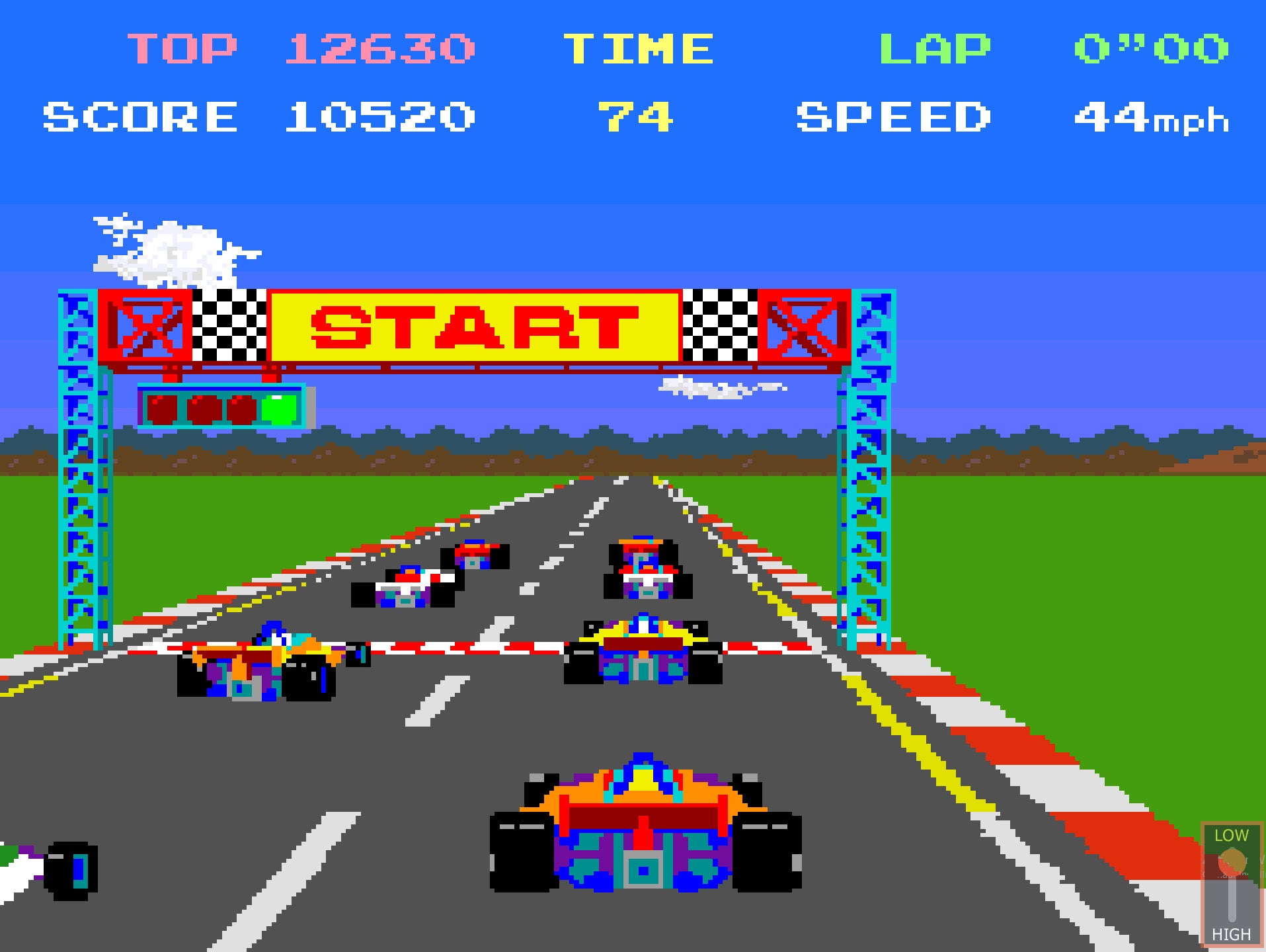
But the boom carried the seeds of its undoing. Rapid saturation, ever-higher machine costs, and a flood of mediocre titles caused profits to tumble. By 1983, revenue had dropped by 35% to $2.9 billion, and more than 2,000 arcades closed (Attract Mode, p.261). From Pinballs to Pixels (p.119) notes that between 1982 and 1983, operators went from record earnings to widespread losses, with 30% driven out of business.
The rise of home consoles deepened the slump. Replay (p.98) recounts how growing ownership of home systems “sucked players out of the arcades,” triggering a decline that no single blockbuster could reverse. Even as hits like Street Fighter II and NBA Jam sparked temporary revivals—NBA Jam alone grossed *$1 billion in its first year (From Pinballs to Pixels, p.278)—the broader trajectory was unmistakable.
By the late 1990s, the industry had shrunk to a fraction of its peak. Attract Mode (p.376) reports that by 1999, U.S. arcade revenue had dwindled to $1.3 billion. Smaller venues disappeared, leaving only dedicated amusement centers and a few family entertainment chains to carry the torch.
Yet the story of arcade economics isn’t merely one of rise and collapse. It is also a story of enduring influence. Arcades proved that video games could rival Hollywood in cultural and economic impact. They introduced millions to the social thrill of competitive play, gave birth to genres that remain staples today, and laid the groundwork for modern gaming as a mass-market medium.
From bags of coins so heavy they sank the backs of trucks (High Score, Tomohiro Nishikado) to billion-dollar phenomena like Pac-Man, arcades shaped an industry and left a legacy still felt every time players gather to compete, watch, or simply marvel at a screen.
Sources and Further Reading
- Arcade Mania!: The Turbo-Charged World of Japan's Game Centers. Kodansha International, 2008.
- Replay: The History of Video Games. Yellow Ant, 2010.
- The Ultimate History of Video Games. Crown Publishing, 2001.
- From Pinballs to Pixels: Arcade History and the Developers Who Built It. McFarland, 2018.
- Attract Mode: The Rise and Fall of Coin-Op Arcade Games. Steel Gear Press, 2020.
- High Score documentary series, Episode 1.
- Influential Video Game Designers – King of the Arcade. CRC Press, 2020.
- Play Meter Magazine, Volume 9, 1983.
Want to Go Deeper Into Arcade History?
If this article on economics left you craving more, dive into the complete stories behind some of the most iconic arcade genres and franchises. These articles explore the rise, innovation, and legacy of the games that shaped arcade culture:
- Donkey Kong’s Rise to Fame: How a Desperate Bet Created a Gaming Legend – The untold story of how Nintendo turned failure into a global icon, launching Mario, Miyamoto, and a new era of arcade storytelling
- What Makes an Arcade Game Great? – A deep dive into the design principles behind the most unforgettable cabinets of all time
- The Complete History of Mortal Kombat Arcade – How a gritty fighter became a pop culture phenomenon.
- Capcom’s 19XX Series: The Complete History – The vertical shooters that defined a generation of arcade firepower.
- The History of Beat ’Em Up Arcade Games – From Double Dragon to Final Fight, here’s how brawlers ruled the late ’80s.
- The Complete History of Space Shooter Arcade Games – The genre that launched arcades into orbit.
- Defender: The Game That Changed Everything – How a risky bet and a radical vision helped redefine arcade design forever.
FAQ
What arcade game made the most money during the golden age?
Pac-Man was the most profitable arcade game of the golden age, with over 400,000 cabinets sold worldwide. In the United States alone, Pac-Man and Ms. Pac-Man sold a combined 215,000 machines, and Pac-Man generated weekly revenues of $200–$800 per machine. By 1982, it contributed to arcade industry earnings exceeding $4 billion annually.
How much money did arcades make in the 1980s?
Arcade revenues exploded in the early 1980s, peaking in 1981–1982. According to industry sources, U.S. arcades generated between $4.8 billion and $5.5 billion per year during this period. Top-performing games like Space Invaders, Asteroids, and Donkey Kong each earned operators thousands of dollars per month.
Why did arcades decline after the 1980s boom?
The decline was caused by market saturation, the rising cost of arcade cabinets, and the rapid growth of home consoles. As more machines flooded the market, earnings per cabinet fell sharply. By 1983, profits dropped 35%, over 2,000 arcades closed, and the industry lost about $1.5 billion in revenue.
What arcade game earned the most revenue ever?
According to multiple sources, Space Invaders grossed more than $2 billion in its lifetime—more than any other arcade title when adjusted for inflation. Later games like Street Fighter II and NBA Jam also achieved billion-dollar revenues, but Space Invaders set the earliest record for earnings.
How much did arcade machines cost operators in the 1980s?
In the early 1980s, most new arcade machines cost between $2,000 and $3,000 each, though premium cabinets like Dragon’s Lair were over $4,000. Despite the high price, operators could recoup costs quickly—Space Invaders often earned $300–$400 per week, paying for itself in less than a month.

